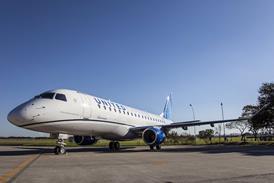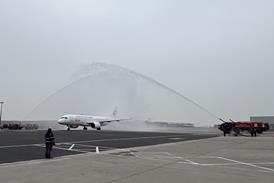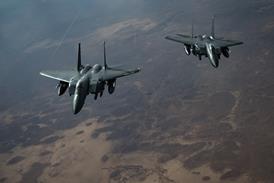Incorrect information may confuse computers in a fly-by-wire aircraft, leading them to control it according to the data they are given rather than reacting to the actual dynamic situation, but the same has happened to pilots in conventionally controlled aircraft.
In 1996 a Boeing 757 of Turkish charter carrier Birgenair crashed because the captain's air speed indicator (ASI) was providing readings significantly higher than the aircraft was actually flying.
The autopilot acted to reduce the airspeed, the pilots became confused and the aircraft stalled and crashed into the sea.
The same year an Aero Peru 757 crashed into the sea off Peru under similar circumstances.
Both aircraft were victims of pitot/static misinformation - the Birgenair 757 because of pitot tube contamination, and the Aero Peru aircraft because protective adhesive tape was mistakenly left covering the static vents, so at altitude the crew were deprived of accurate information on both speed and height.
Source: Flight International




















